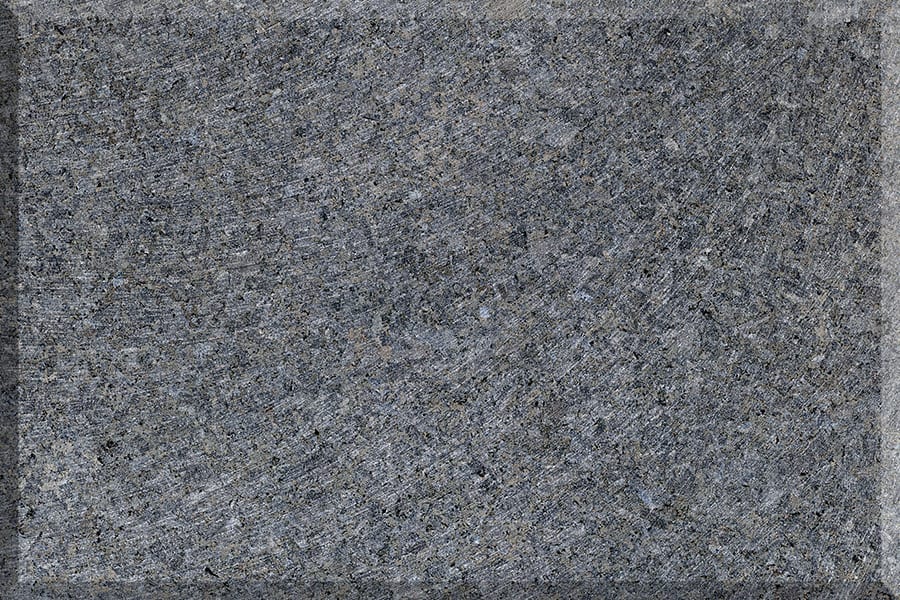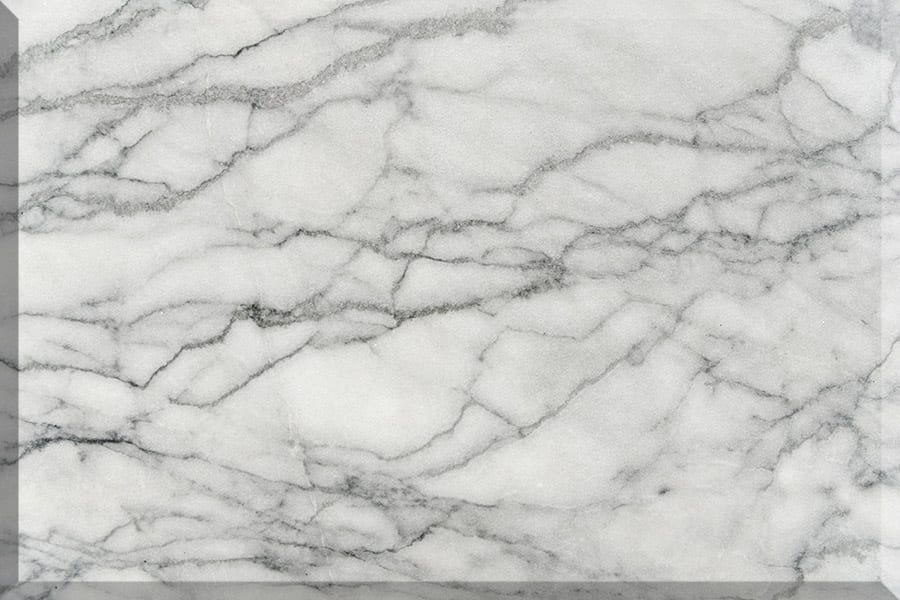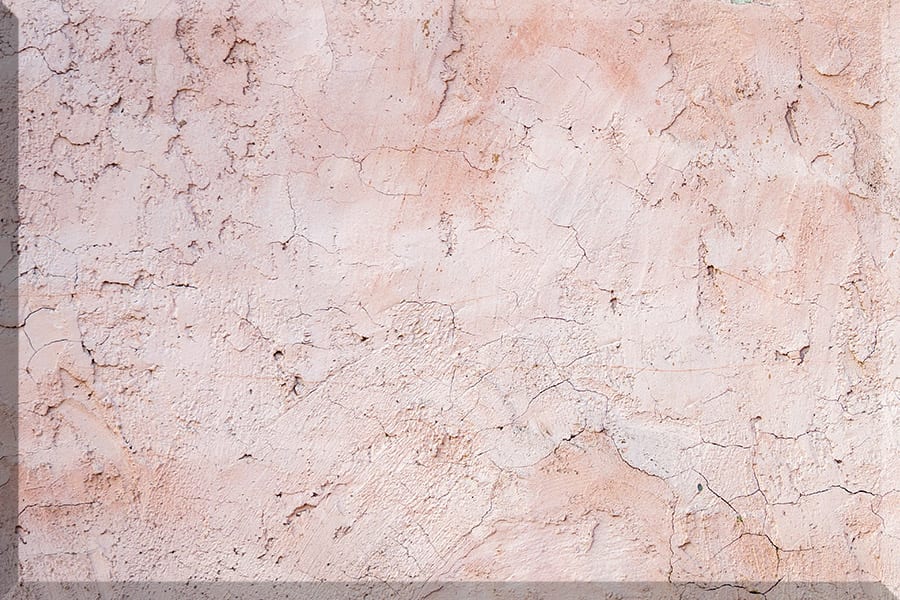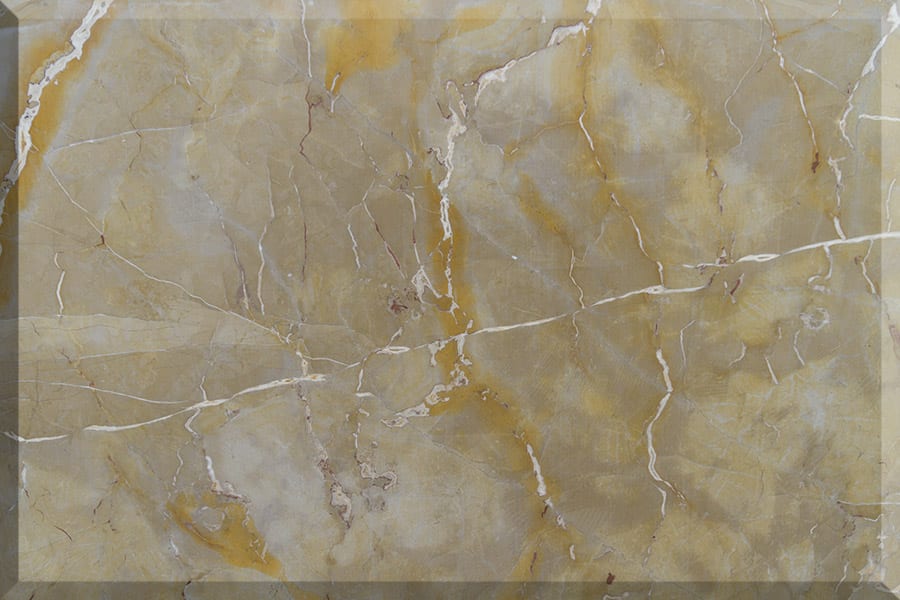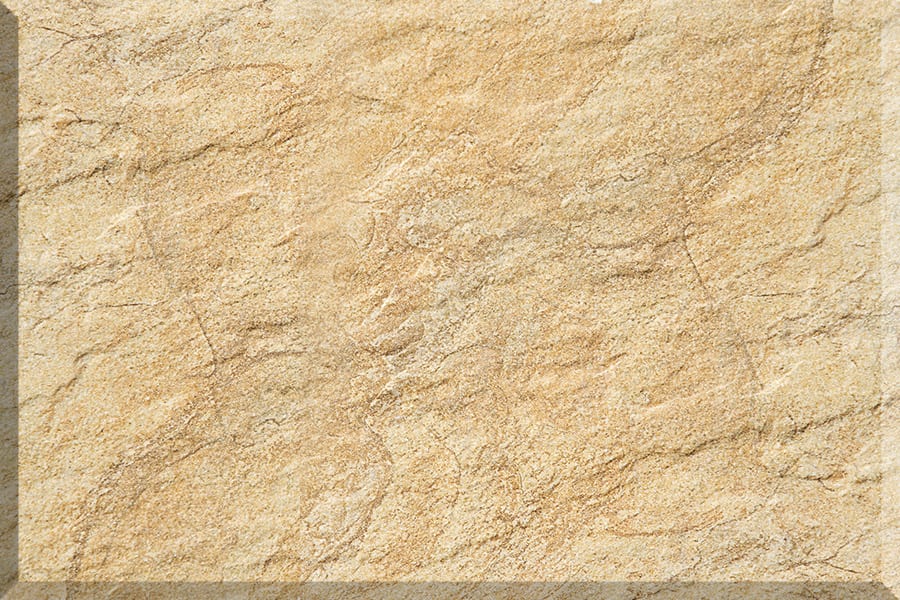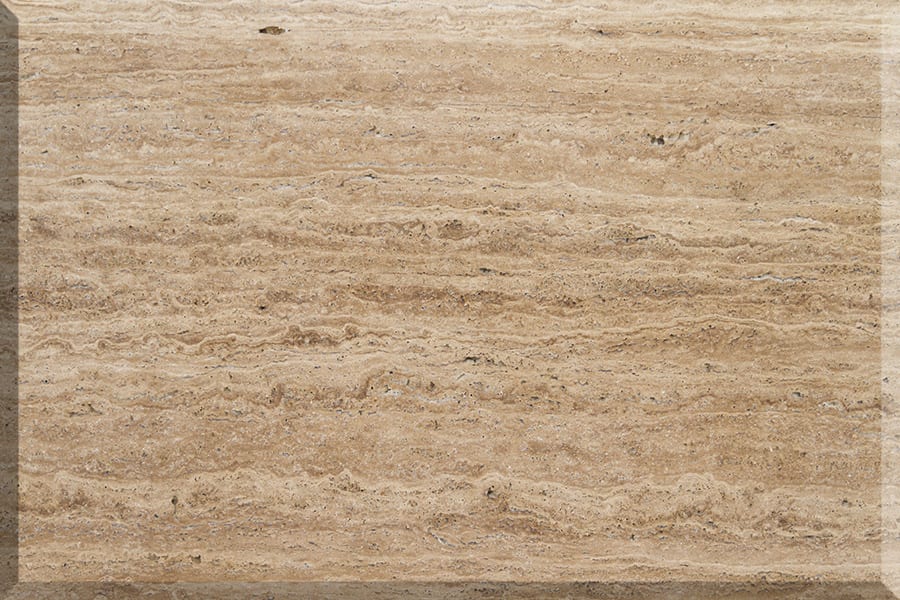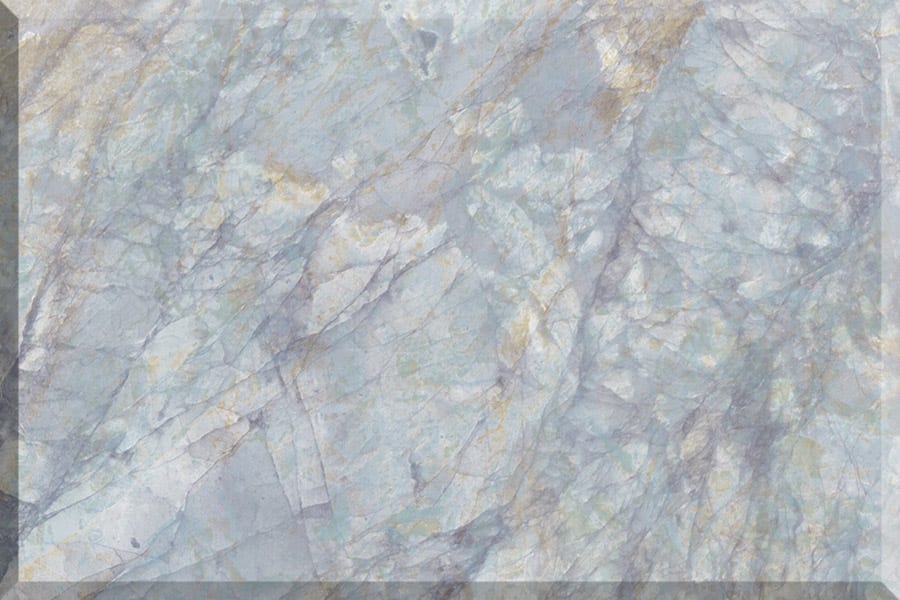Nature’s Gift … Natural Stone!
We all know the beauty of nature … the majestic vista of Pikes Peak right here in Colorado Springs, a flaming sky at sunset, a sea side vista, the changing fall foliage, a star filled sky … the list is endless. Nature also gives us unmatched materials … the warmth of polished hard woods, the patina of fine leather, natural fabrics and more.
In this discardable world of pre-fabs, injection molding and printed patterns; little can match the unique charm and durability of fine polished stone! It takes nature millions of years, high heat and tremendous pressure to form these crystal-like structures that can decorate your home or business in a way no other substance can!
Your stone countertops are as functional as they are beautiful! They’re hard, non-porous, sanitary, easy to clean, durable and actually get more attractive with age. Any realtor will tell you that granite and similar countertops in your kitchen, bath, bar, outdoors and elsewhere are one of today’s most sought after home features!
Going Granite is happy to work with you to select the best natural stone product for your functional and aesthetic needs. We’ll help you select your stone for each countertop from the same original block. We’ll then spend the necessary time to set your granite, marble, onyx or other stone in alternating “flipped” orientations to create a stunning mirrored natural pattern fit.
Natural Stone Facts:
Granite …
Granite is a type of igneous rock that is granular in texture. Granites can be predominantly white, pink or gray in color depending on their mineralogy. The word “granite” comes from the Latin granum, a grain, in reference to the coarse-grained structure of the rock which form an interlocking matrix of feldspar and quartz with scattered darker mica and amphibole peppering the lighter color minerals. It is the potassium feldspar that gives many granites a distinctive pink color. Granite is nearly always massive, hard and tough and has gained widespread use throughout human history, and more recently as a construction stone.
Marble …
Marble is a metamorphic rock composed of recrystallized carbonate minerals resulting from metamorphism of sedimentary carbonate rocks which causes variable recrystallization of the original carbonate mineral grains. The resulting marble rock is typically composed of an interlocking mosaic of carbonate crystals. The characteristic swirls and veins of colored marble varieties are usually due to various mineral impurities such as clay, silt, sand, iron oxides or chert. Marble primary originates in the U.S. and about a dozen other countries and is highly valued for both sculpture and as a building material.
Quartz …
Quartz is the second-most-abundant mineral in Earth’s continental crust belonging to the trigonal crystal system and structured in a continuous framework. There are many different varieties of quartz which, since antiquity, have been the most commonly used mineral in the making of jewelry and hardstone carvings. The ideal crystal shape is a six-sided prism with six-sided pyramids at each end. In nature quartz crystals are often twinned, distorted or intergrown with adjacent crystals of quartz as to only show part of this shape, or to lack obvious crystal faces altogether and appear massive.
Onyx …
Onyx is a banded variety of the oxide mineral chalcedony found in a variety of layer structures that differ only in the form of the bands: both curved and parallel. The colors of onyx bands range from white to almost every color (save shades of purple or blue). Commonly, specimens of onyx contain bands of black and/or white. These bands are formed in alternating colors consisting of intergrowths of the silica minerals quartz and moganite. Bands are parallel to one another as opposed to the more chaotic banding that occurs in agates. Black is the most famous onyx variety but is not as common as colored band varieties.
Limestone …
Limestone is a sedimentary rock composed largely of the minerals calcite and aragonite, crystal forms of calcium carbonate. Most limestone is composed of skeletal fragments of marine organisms such as coral, forams and molluscs. Like other sedimentary rocks, limestone is composed of grains. These grains are skeletal fragments of marine organisms such as coral or foraminifera which secrete shells made of aragonite or calcite and leave these shells behind when they die. Limestone often contains variable amounts of silica in the form of chert or siliceous skeletal fragment and varying amounts of clay, silt and sand.
Travertine …
Travertine is a form of limestone deposited by mineral springs, especially hot springs. Travertine often has a fibrous or concentric appearance and exists in white, tan, cream-colored and even rusty varieties. It is formed by a process of rapid precipitation of calcium carbonate, often at the mouth of a hot spring or in a limestone cave. It is frequently used in Italy and elsewhere as a building material. Macrophytes, bryophytes, algae, cyanobacteria and other organisms often colonise the surface of travertine and are preserved giving travertine its distinctive and atractive porosity.
Soapstone …
Soapstone is a metamorphic rock. It is largely composed of the mineral talc and is rich in magnesium. It is produced where tectonic plates are subducted, changing rocks by heat and pressure. It has been a medium for carving for thousands of years. There is no fixed hardness for soapstone because the amount of talc it contains varies, from as little as 30% for architectural grades such as those used on countertops, to as much as 80% for carving grades. Soapstone is used for inlaid designs, sculptures, coasters and countertops. A weathered or aged appearance occurs naturally over time as the patina is enhanced.
Ask a question or request your free estimate!
Call (719)439-7077
or
complete the form below.
Serving Denver, Colorado Springs and surrounding communities!
Search The Site
Translate This Page
 |
Need landscaping? Visit our Landscape FX sister company's website by clicking here! |

